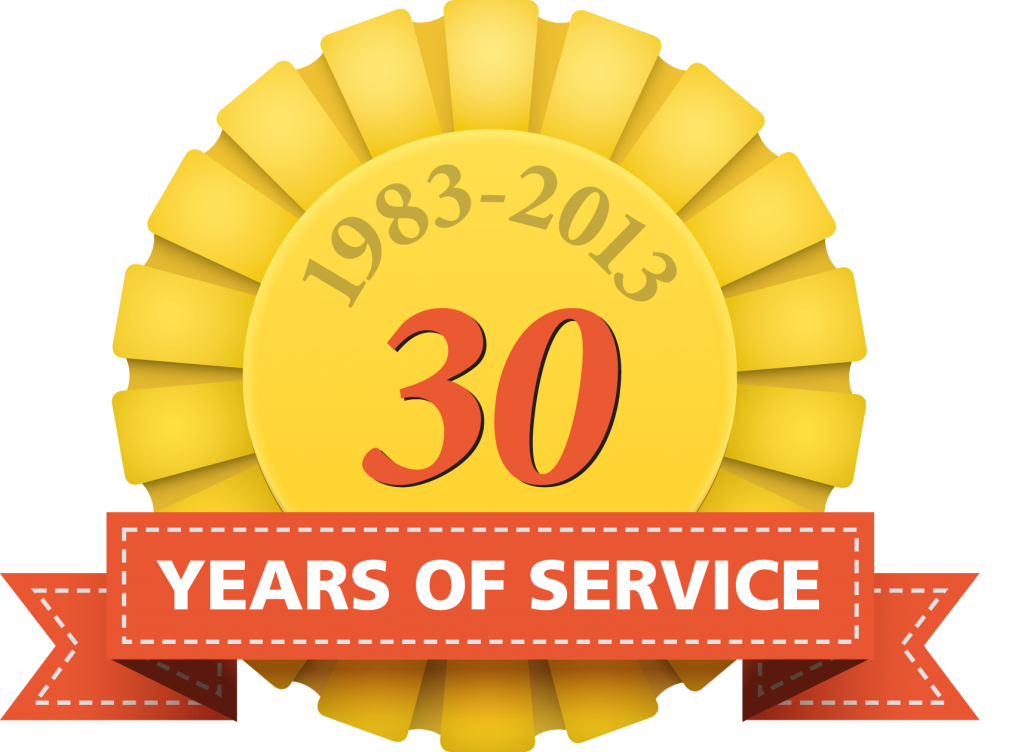CMS Tightens Regulations for Pressure Ulcer Prevention
Nurse from New Jersey
As of November 2004 the Centers for Medicare and Medicaid Services (CMS) issues upgraded guidelines for regulatory surveyors for all states. {www.CMS.hhs.gov/manuals/pm_trans/ R4SOM.pdf}. To summarize the revisions, there is emphasis on the physician’s role in the documentation and follow-up of ulcer management, preventative and otherwise, emphasis on pain management prior to dressing treatments. Particular attention must be paid to those with dementia or communication disorders regarding the assessment of pain levels. The main areas have always been: prevention, assessment, nutrition and hydration aspects, lab work, interventions ant the regular updated and re-evaluation, reposition efforts, use of support surfaces, and daily monitoring and documentation of such in an ongoing basis.
As system of continuous skin risk assessment is evaluated by regulatory agency personnel, such as weekly skin risk assessments. The Certified Nursing Assistant is of critical importance here as they interact with their residents daily.
It is imperative that the staff are in communication with the physician regarding aspects of wound development and management. This has not been a focus for surveyors in the past. Surveyors are now looking to see that the physician was notified and continually updated.
Admission assessment is the key aspect for any facility in order to demonstrate the baseline status of the resident. Pertinent to wounds, it is obvious for the facility to note any marks, demarcations, open areas, actual wounds specifically with as much detail as possible. Accurate measurements are mandated and should be a staple of any documentation system. Hence the development of any pressure ulcer or wound from the point of admission is critical.
There has always been a listing in the federal guidelines for unavoidable wounds/ulcers. This is reemphasized in the new guidelines, but that does not exempt the facility from providing interventions, follow-up and the documentation thereof.
Photographs of wounds are sometimes used by facilities particularly upon admission. This is left up to the facility and is not mandated. It is advised that a policy and/or protocol for photos be developed and used consistently in facilities.
The guidelines state that Advanced Directives or DNR orders Adoes not absolve the facility from giving supportive and other pertinent care…
In summary, this continues to be an area of critical importance. The upgrading of the guidelines for surveyors demonstrates this point. Included is an audit form that facilities can use, as well as for the legal representative as a checklist for key aspects of care.
**(Audit form sent separately for potential use if needed).
[sm_hr]
There are numerous experts who are more than willing to provide testimony for medical malpractice and personal injury litigation cases. Finding the right one is crucial to the strength of your particular case.
Since 1983, Medical Advisors has assisted in the selection of expert witnesses in several thousand cases. Working with plaintiff and defense bar, we have provided medical opinions and testimony which have resulted in competent preparation and in-court support for cases involving medical malpractice, hospital negligence, personal injury, workers’ compensation and product liability.
Phone: . . . . . . . . . . . . . . . . . . . . . . . (800) 355-1329
Phone: . . . . . . . . . . . . . . . . . . . . . . . (800) 666-7045
Fax: . . . . . . . . . . . . . . . . . . . . . . . . . (215) 653-7382
E-mail: . . . . . . . . . . . . . . . . . . . . . . . . info@techmedexperts.com

